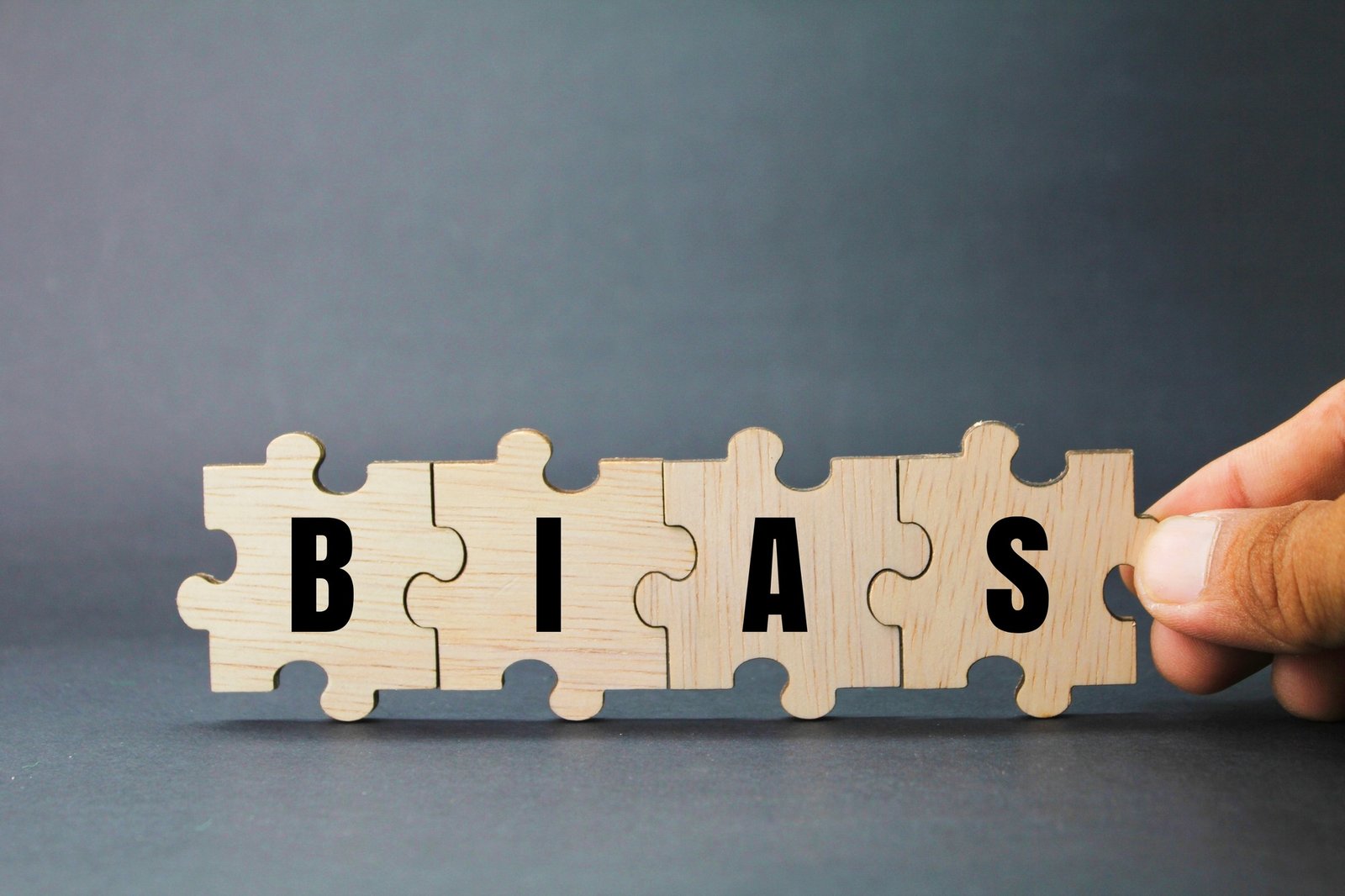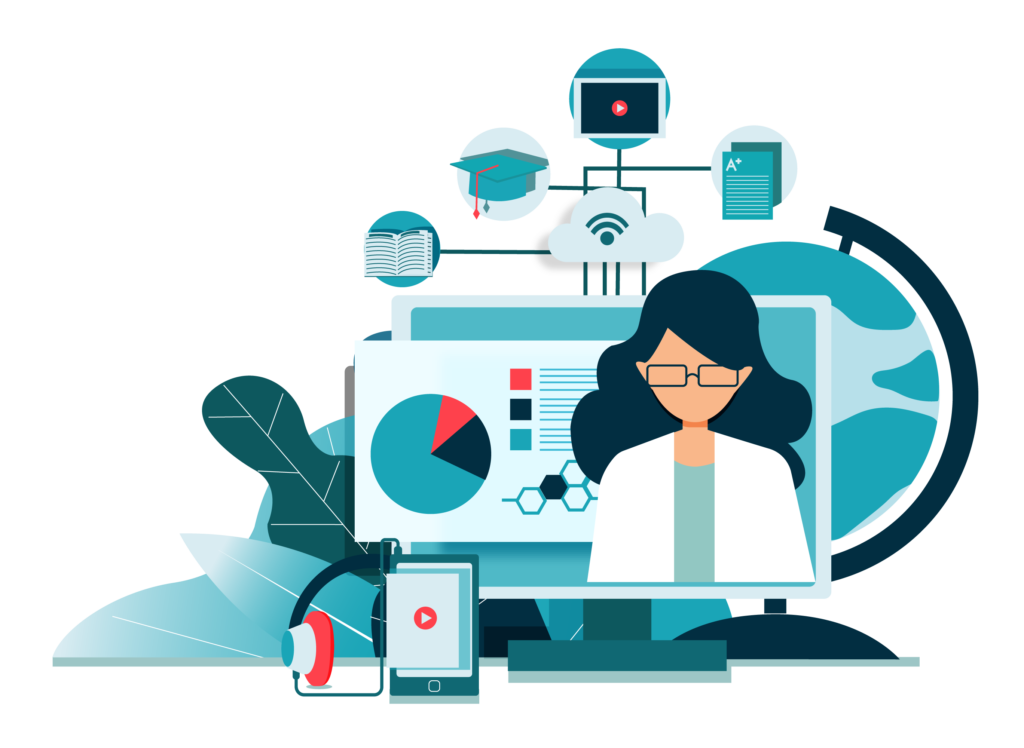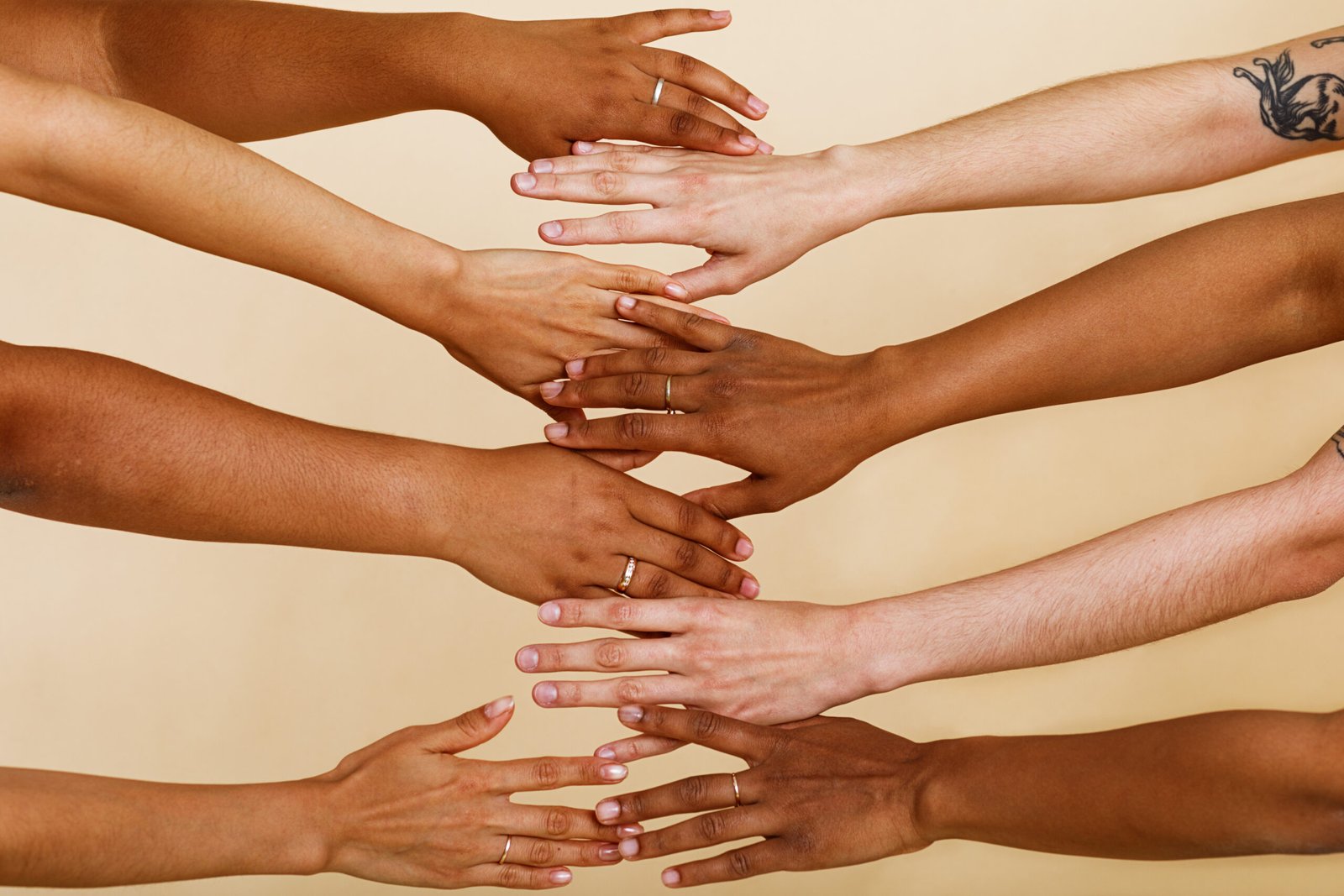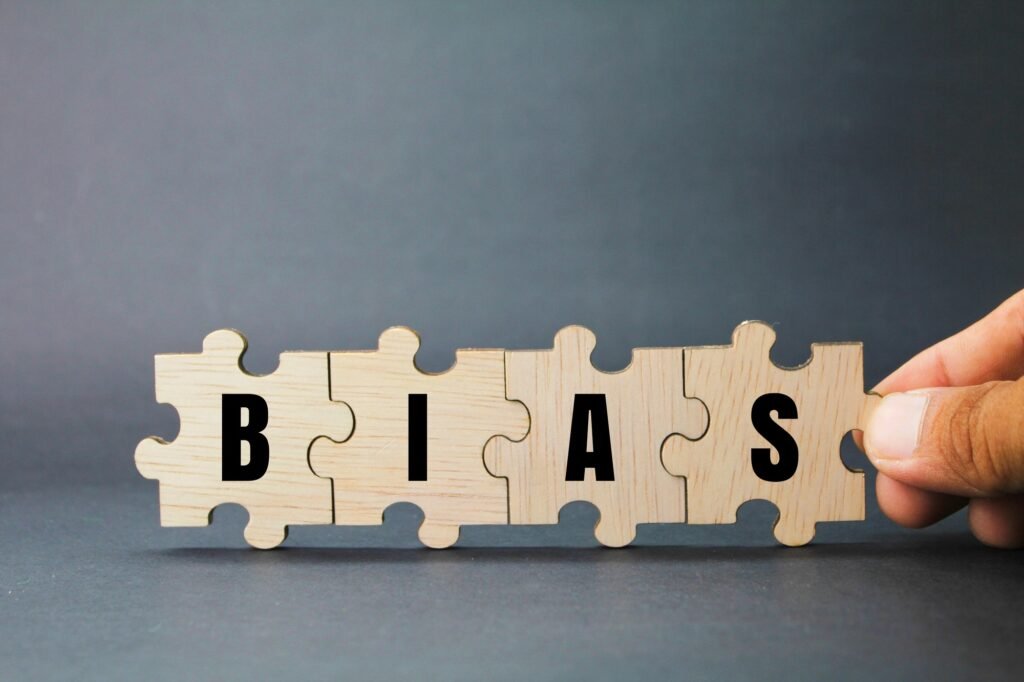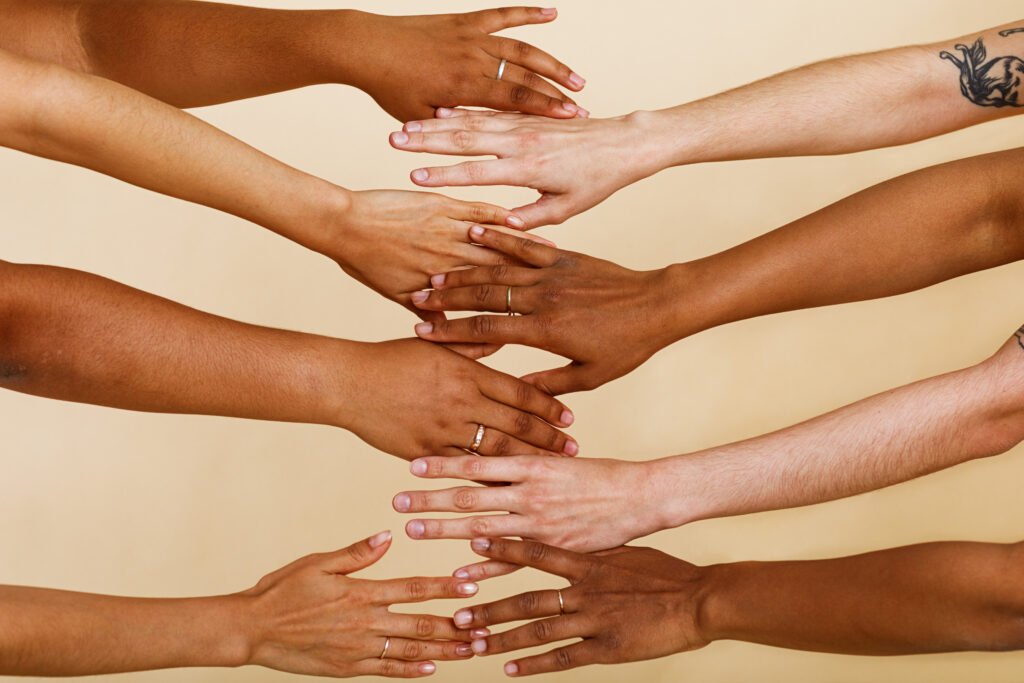Imagine two equally qualified job applicants apply for the same position. One is named Emily Johnson, the other Jamal Washington. Based purely on their resumes, they should have an equal chance of getting a callback. However, a 2004 study found that resumes with “white-sounding names” were 50% more likely to receive a response than identical resumes with “Black-sounding names.”
Was this an intentional act of racism? Probably not. Instead, it highlights how unconscious (or implicit) bias influences decisions without people realizing it.
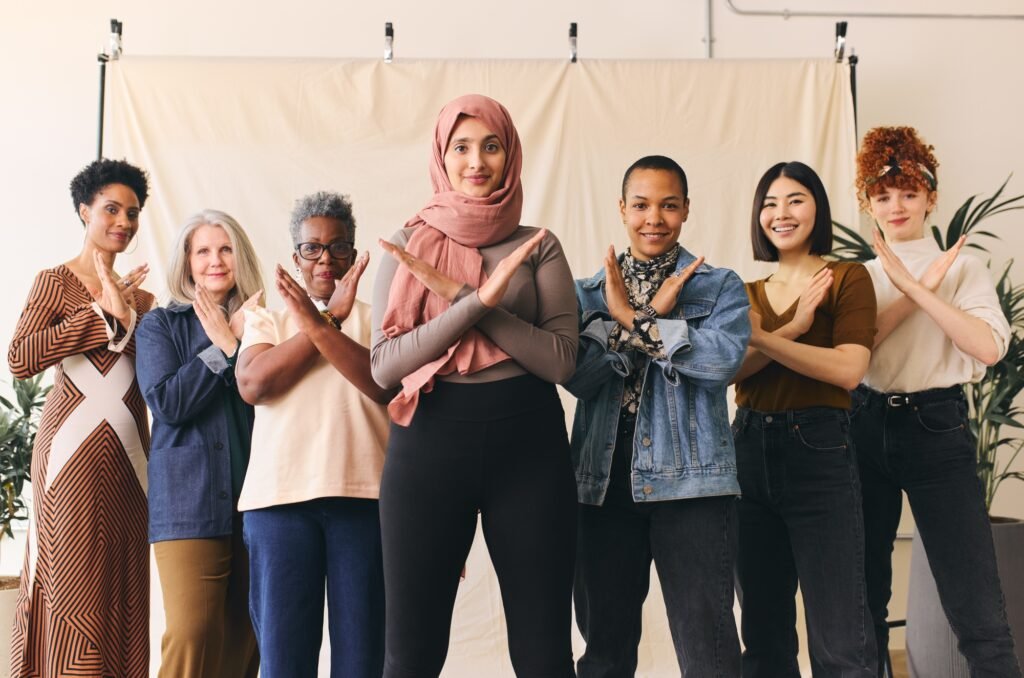
What is Unconscious Bias?
Unconscious bias refers to the automatic judgments and preferences that individuals make without conscious awareness. These biases develop over time through societal norms, cultural exposure, and personal experiences. They affect decisions in many areas of life, including hiring, education, law enforcement, and healthcare.
In the case of Emily and Jamal, hiring managers may not consciously think they are favoring one candidate over the other. However, deep-seated stereotypes and cultural associations may lead them to unconsciously perceive Emily as a better fit for the role, even though both candidates are equally qualified.
The Impact of Unconscious Bias
Bias doesn’t just affect job applicants—it has real-world consequences in nearly every industry and social setting. Some key examples include:

How to Recognize and Reduce Bias
Understanding unconscious bias is crucial because it affects decision-making in ways that can reinforce systemic inequality. By recognizing its presence and taking active steps to reduce it, we can create fairer, more inclusive environments where opportunities are truly based on merit rather than ingrained stereotypes. Change starts with awareness, and awareness begins with asking the tough questions—just like the one posed by Emily and Jamal’s resumes.
Featured Post!
Maximizing ROI with Scenario-Based Learning: How a Single Evolving Scenario Can Transform Training Outcomes
Did you know that less than 15% of individuals in training programs apply…
Why Understanding Bias Matters
Imagine two equally qualified job applicants apply for the same position. One is named Emily…
Study Sessions: Implicit and Explicit Bias
A Reflection on Nature vs. Nurture When I think about bias—implicit and explicit—I always connect…
Maximizing ROI with Scenario-Based Learning: How a Single Evolving Scenario Can Transform Training Outcomes
Did you know that less than 15% of individuals in training programs apply new skills…
Blog Posts
Why Understanding Bias Matters
Imagine two equally qualified job applicants apply for the same position. One is named Emily…
Study Sessions: Implicit and Explicit Bias
A Reflection on Nature vs. Nurture When I think about bias—implicit and explicit—I always connect…
Maximizing ROI with Scenario-Based Learning: How a Single Evolving Scenario Can Transform Training Outcomes
Did you know that less than 15% of individuals in training programs apply new skills…

